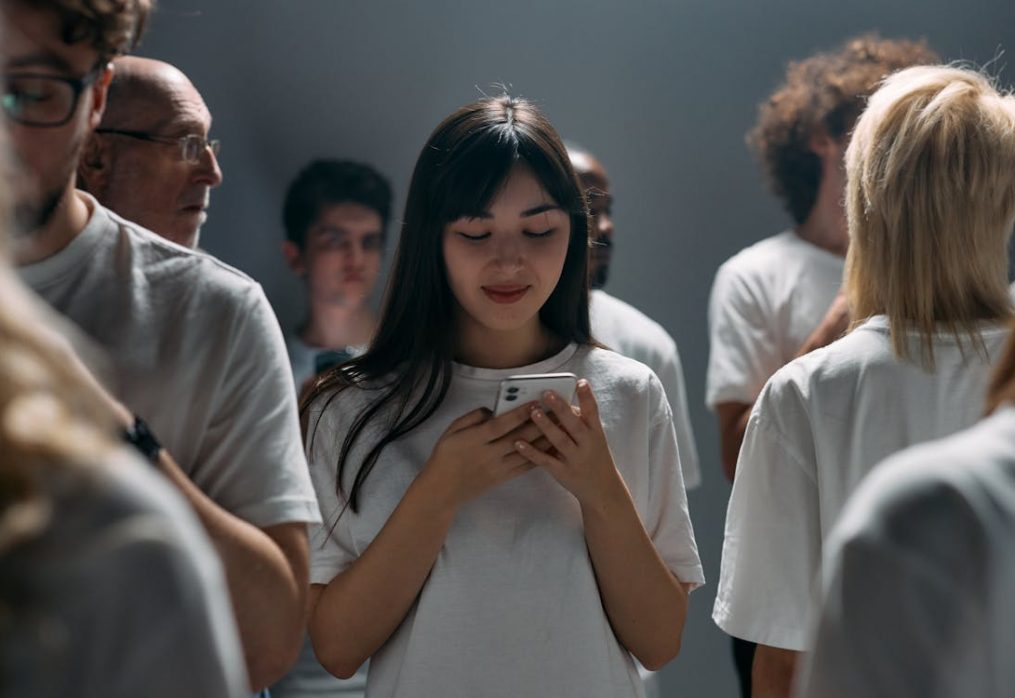The Evolution of Web Design: From Geocities to Modern UX
This blog article written by our experts delves deep into the history, key developments, and future trends in web design.
Geocities: The Birth of Personal Web Pages
In the mid-1990s, Geocities provided an early platform for users to create personal web pages. These sites were characterized by their use of bright, often clashing colors, multiple fonts, and animated GIFs. The design was typically chaotic, reflecting the lack of design standards at the time.
HTML Tables: Controlling Layouts
Before the advent of CSS, HTML tables were used extensively to control page layouts. Designers would nest tables within tables to achieve the desired structure, leading to complex and often cumbersome code. While this method allowed for greater control over page design, it was not without its drawbacks, including poor accessibility and SEO.
The Flash Era: Animation Overload
The late 1990s and early 2000s saw the rise of Adobe Flash, which revolutionized web design by enabling interactive and dynamic content. Websites could now feature animations, video, and complex interactive elements. Flash brought a new level of creativity to web design but at the cost of higher loading times and poorer accessibility.
Despite its popularity, Flash had significant drawbacks. It was not search engine friendly, meaning content within Flash elements was often invisible to search engines. Additionally, Flash content was resource-intensive, leading to longer load times and increased demands on user devices.
CSS Introduction: A New Way to Design
The introduction of CSS (Cascading Style Sheets) in the late 1990s marked a significant milestone in web design. CSS allowed designers to separate content from style, making it easier to maintain and update websites. This separation led to cleaner, more efficient code and greater flexibility in design.
Benefits of CSS: Flexibility and Efficiency
CSS enabled designers to create more visually appealing websites with less code. It also improved website performance by reducing the amount of HTML needed for design purposes. The use of external stylesheets meant that a single change could update the style of an entire site, greatly enhancing maintainability.
Modern Trends: Minimalism, Dark Mode, and Microinteractions
-
Minimalism: Clean and Focused Design
Today’s web design trends favor minimalism, characterized by clean lines, ample white space, and a focus on usability. Minimalist design reduces clutter, making it easier for users to find the information they need. This approach also improves load times and overall site performance.
-
Dark Mode: Aesthetic and Functional Benefits
Dark mode has become increasingly popular, offering both aesthetic and functional benefits. It provides a sleek, modern look and can reduce eye strain in low-light environments. Dark mode can also save battery life on OLED screens, making it a practical choice for mobile users.
-
Microinteractions: Enhancing User Engagement
Microinteractions are small animations or design elements that provide feedback to users. Examples include a button changing color when hovered over or a notification popping up when a task is completed. These subtle interactions enhance user engagement by making the site feel more responsive and interactive.
Conclusion
As we look to the future, trends like AI and voice interfaces promise to continue shaping the way we design and interact with websites. Embracing these changes will be key to staying ahead in the ever-evolving world of web design.
